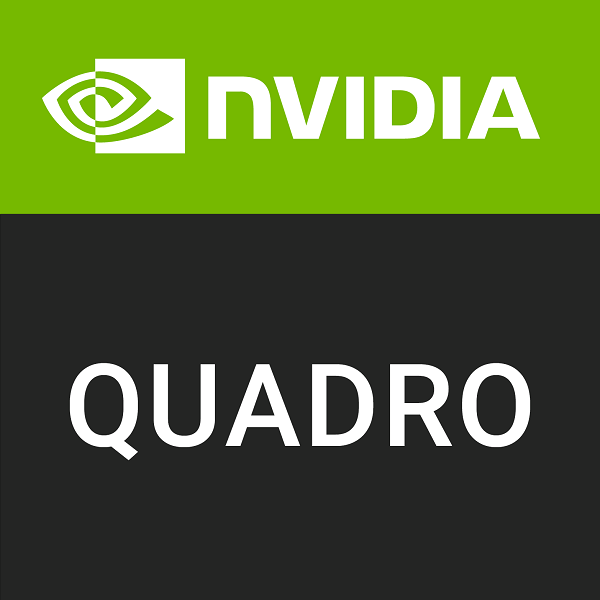Radeon Instinct MI300X vs Data Center GPU Max Subsystem
We compared two Professional market GPUs: 192GB VRAM Radeon Instinct MI300X and 128GB VRAM Data Center GPU Max Subsystem to see which GPU has better performance in key specifications, benchmark tests, power consumption, etc.
Main Differences
Radeon Instinct MI300X 's Advantages
Released 11 months late
Boost Clock has increased by 31% (2100MHz vs 1600MHz)
More VRAM (192GB vs 128GB)
Larger VRAM bandwidth (5171GB/s vs 3205GB/s)
3072 additional rendering cores
Lower TDP (750W vs 2400W)
Score
Benchmark
FP32 (float)
Radeon Instinct MI300X
+55%
81720
Data Center GPU Max Subsystem
52430
Graphics Card
Dec 2023
Release Date
Jan 2023
Radeon Instinct
Generation
Data Center GPU
Professional
Type
Professional
PCIe 5.0 x16
Bus Interface
PCIe 5.0 x16
Clock Speeds
1000 MHz
Base Clock
900 MHz
2100 MHz
Boost Clock
1600 MHz
2525 MHz
Memory Clock
1565 MHz
Memory
192GB
Memory Size
128GB
HBM3
Memory Type
HBM2e
8192bit
Memory Bus
8192bit
5171GB/s
Bandwidth
3205GB/s
Render Config
304
Compute Units
-
19456
Shading Units
16384
1216
TMUs
1024
0
ROPs
0
1216
Tensor Cores
1024
-
RT Cores
128
16 KB (per CU)
L1 Cache
64 KB (per EU)
16 MB
L2 Cache
408 MB
256 MB
L3 Cache
-
Theoretical Performance
0 MPixel/s
Pixel Rate
0 MPixel/s
2554 GTexel/s
Texture Rate
1638 GTexel/s
653.7 TFLOPS
FP16 (half)
52.43 TFLOPS
81.72 TFLOPS
FP32 (float)
52.43 TFLOPS
81.72 TFLOPS
FP64 (double)
52.43 TFLOPS
Board Design
750W
TDP
2400W
1150 W
Suggested PSU
2800 W
No outputs
Outputs
No outputs
None
Power Connectors
1x 16-pin
Graphics Processor
Aqua Vanjaram
GPU Name
Ponte Vecchio
CDNA 3.0
Architecture
Generation 12.5
TSMC
Foundry
Intel
5 nm
Process Size
10 nm
153 billion
Transistors
100 billion
1017 mm²
Die Size
1280 mm²
Graphics Features
N/A
DirectX
12 (12_1)
N/A
OpenGL
4.6
3.0
OpenCL
3.0
N/A
Vulkan
N/A
N/A
Shader Model
6.6




